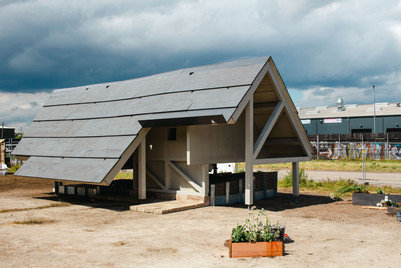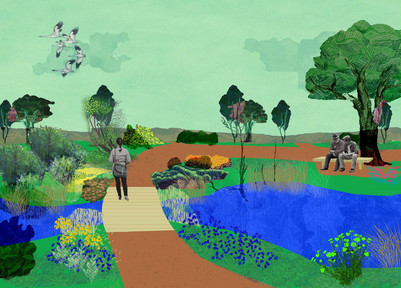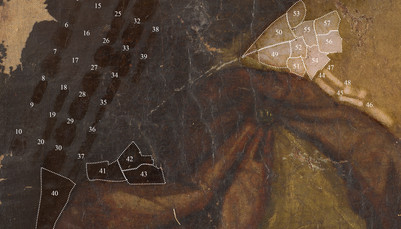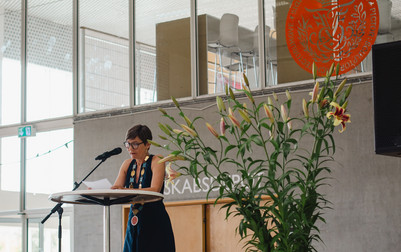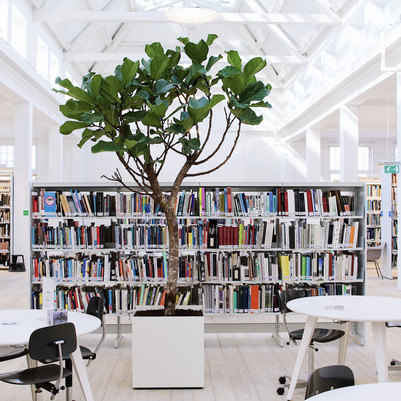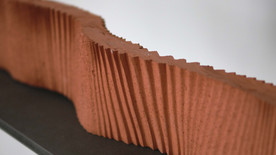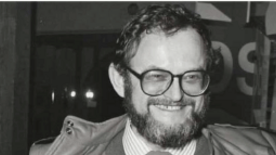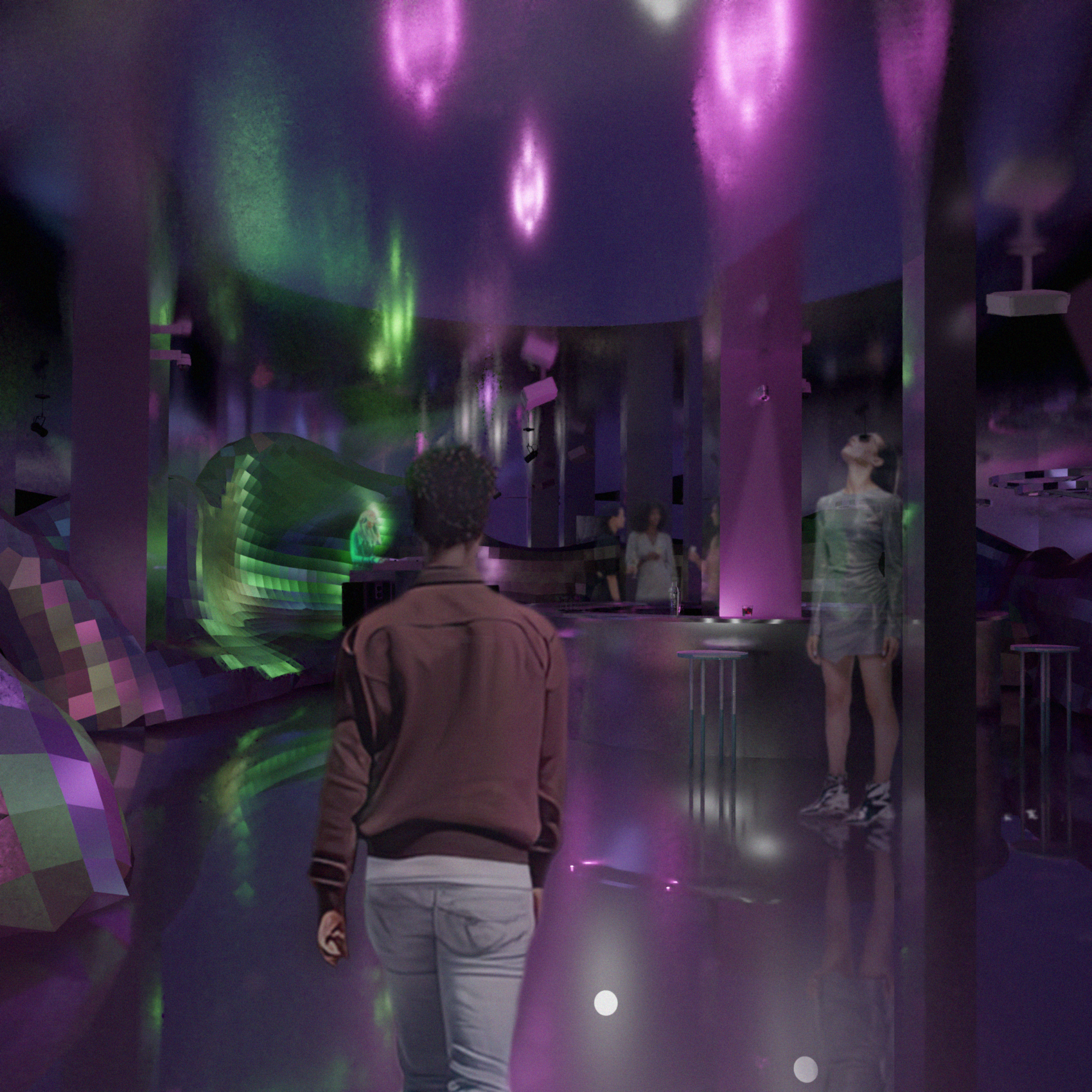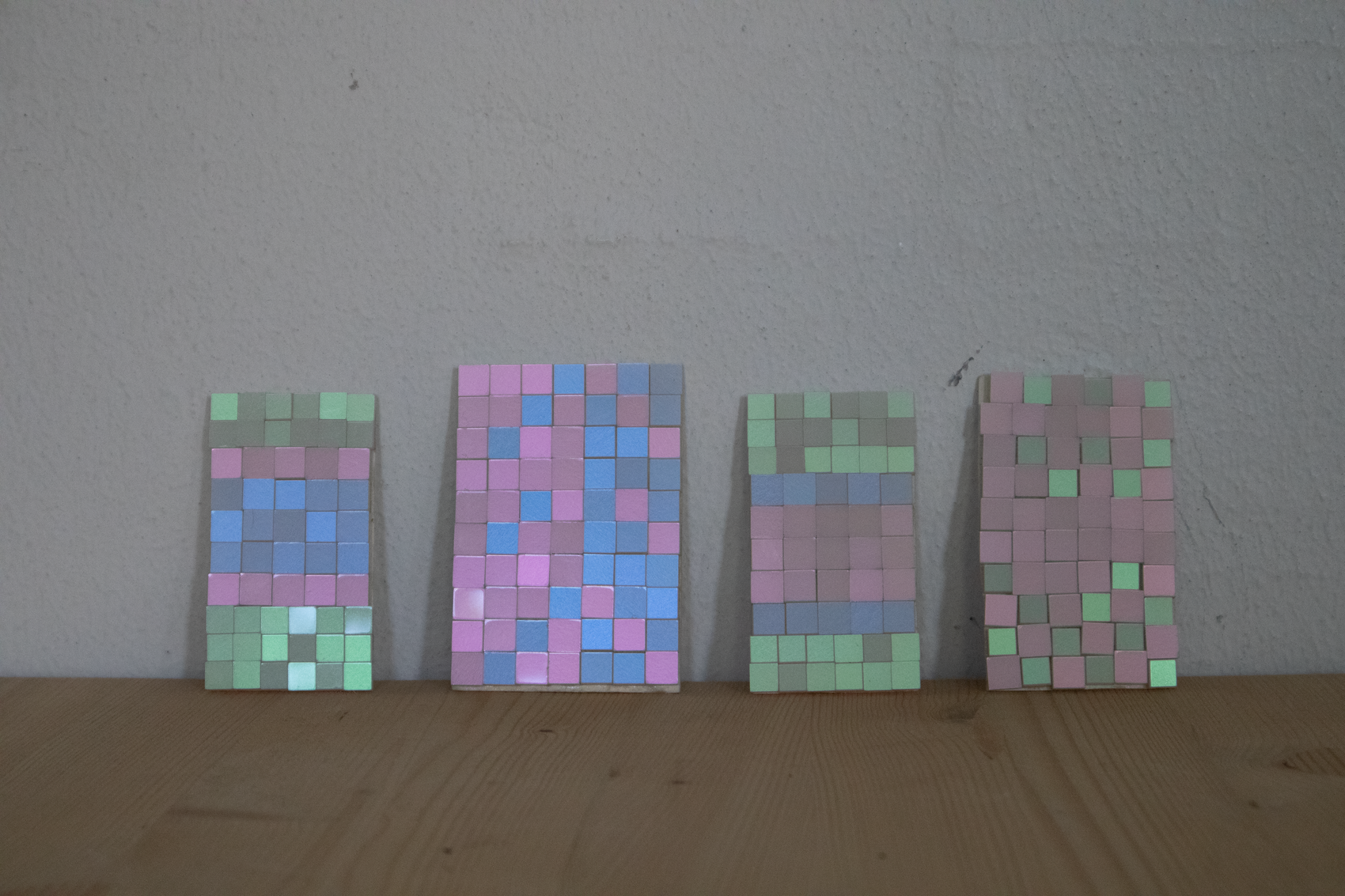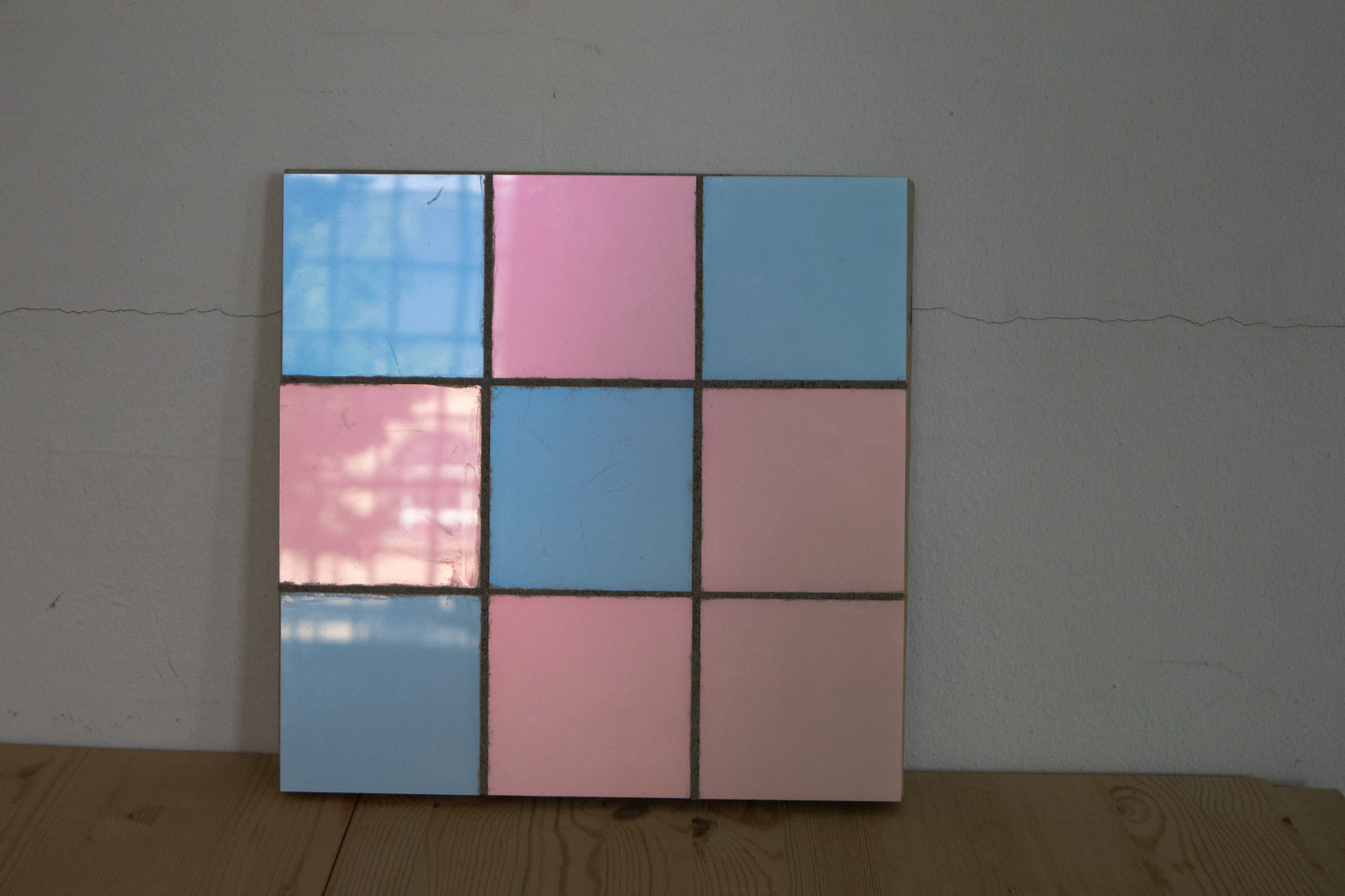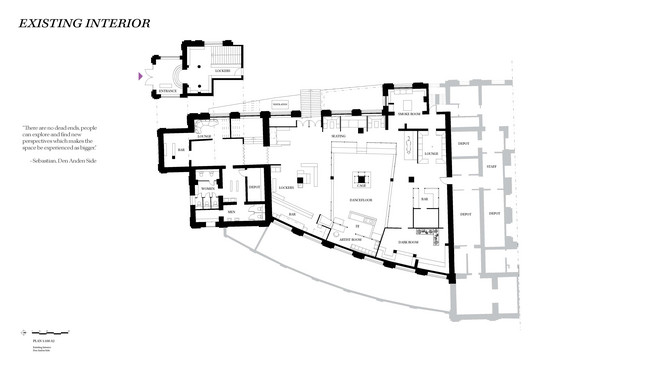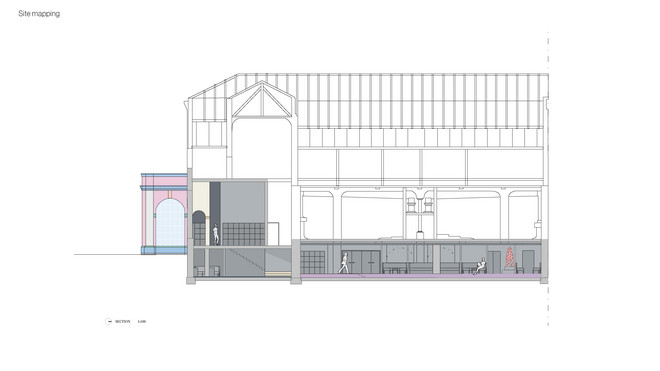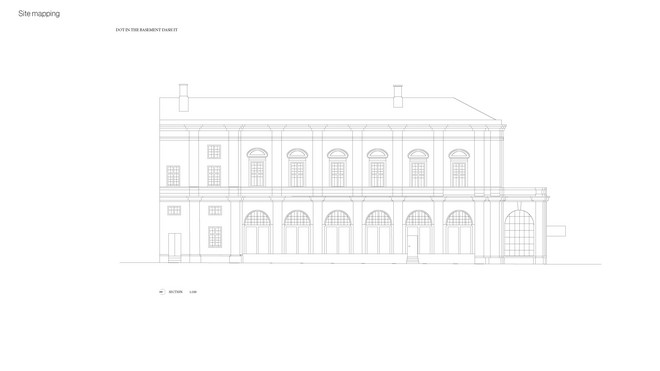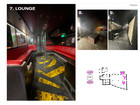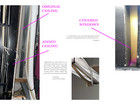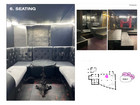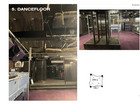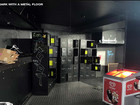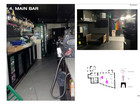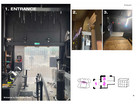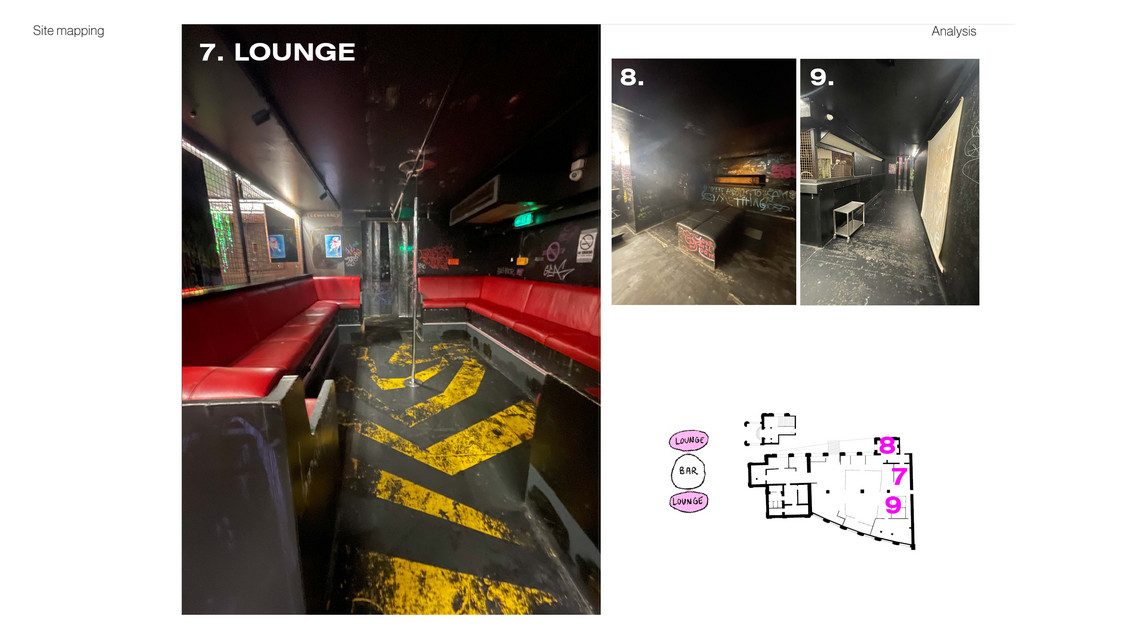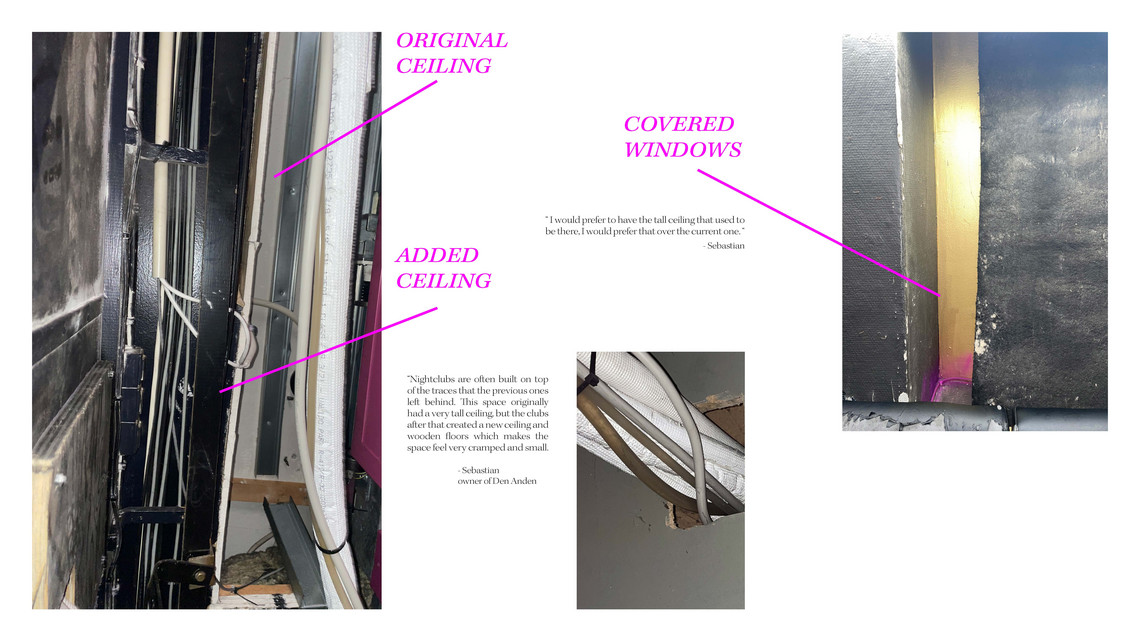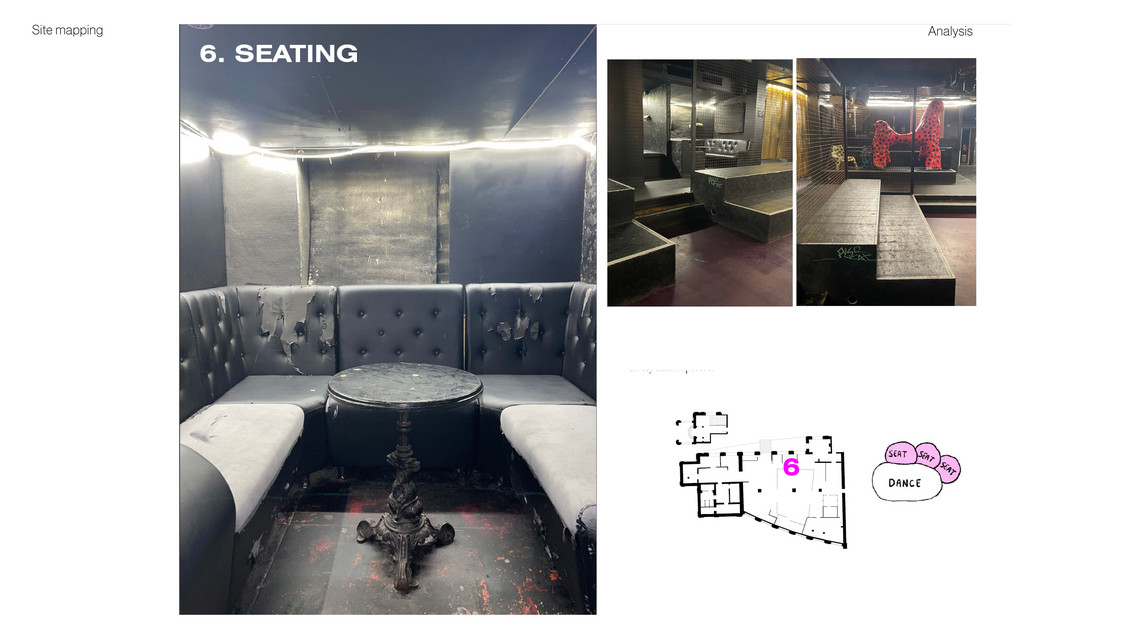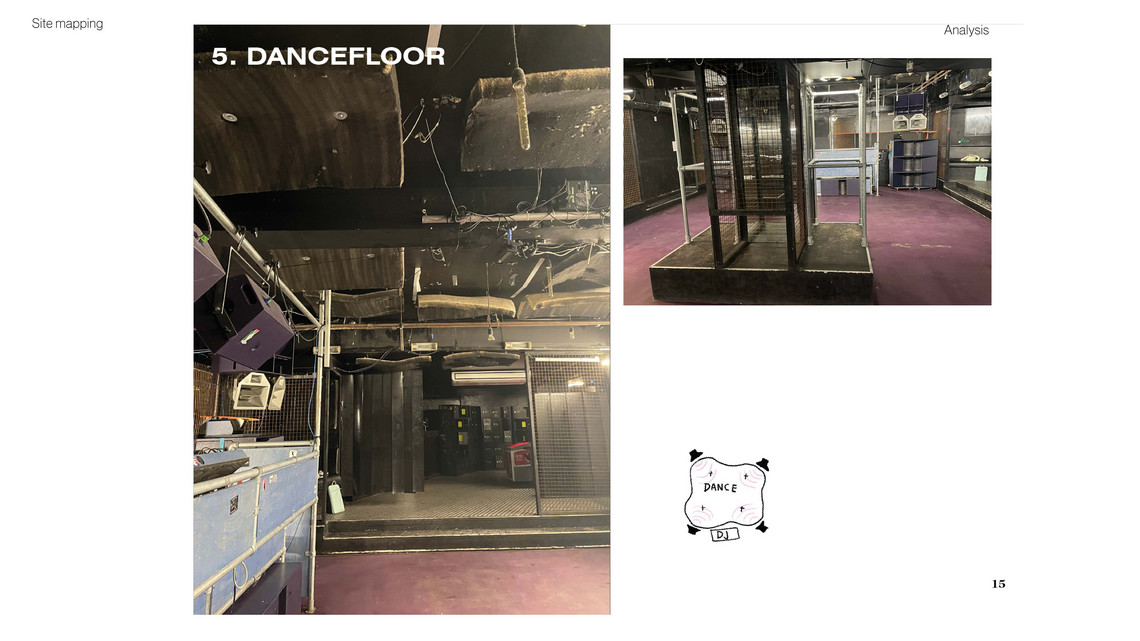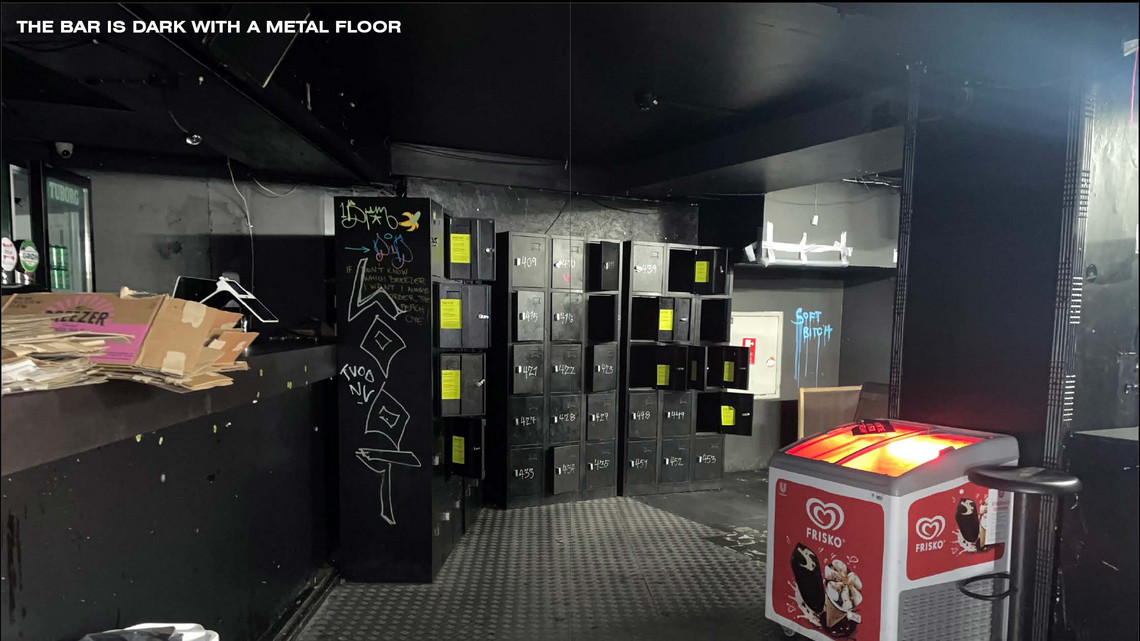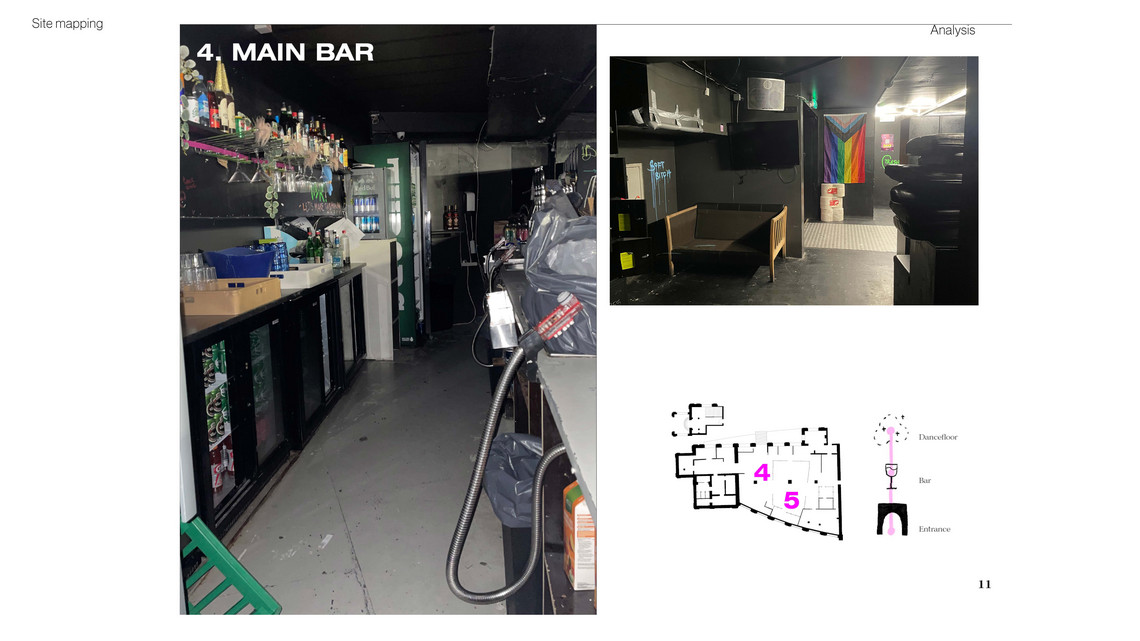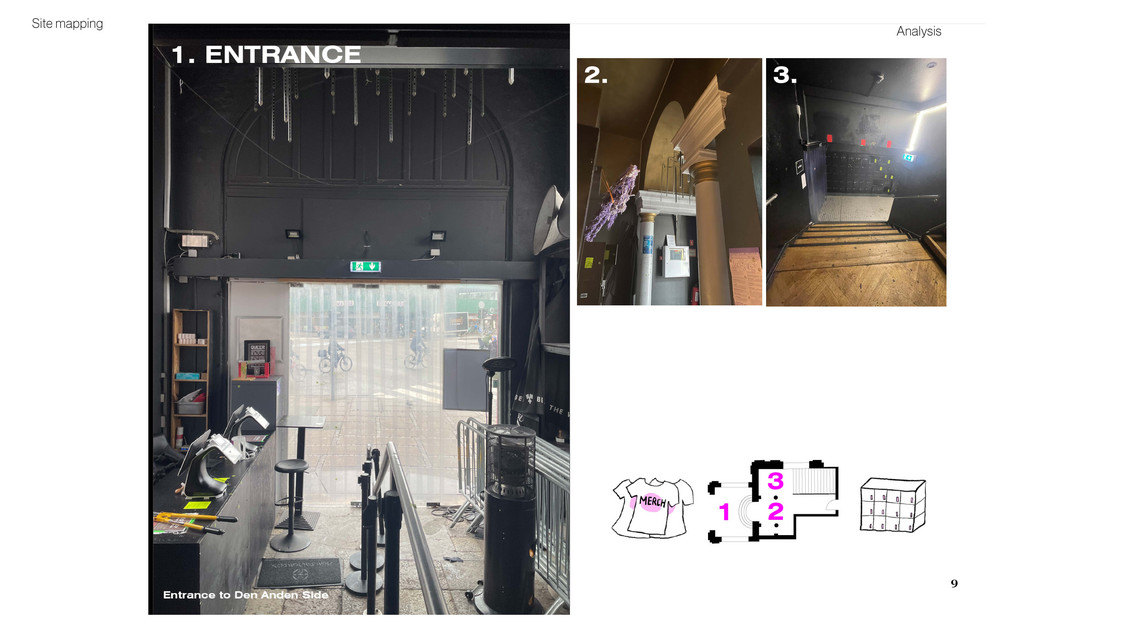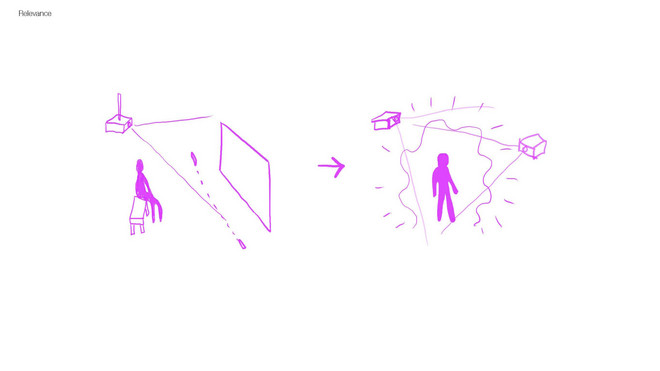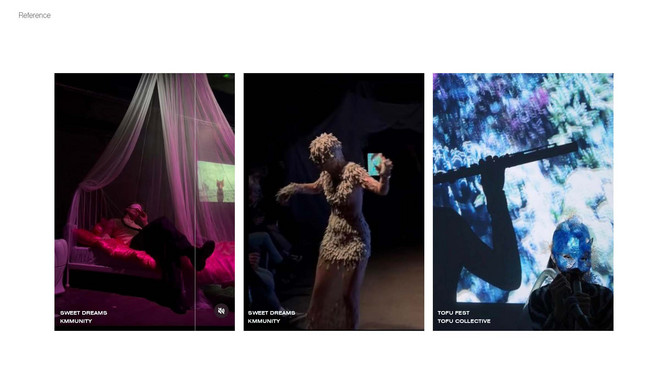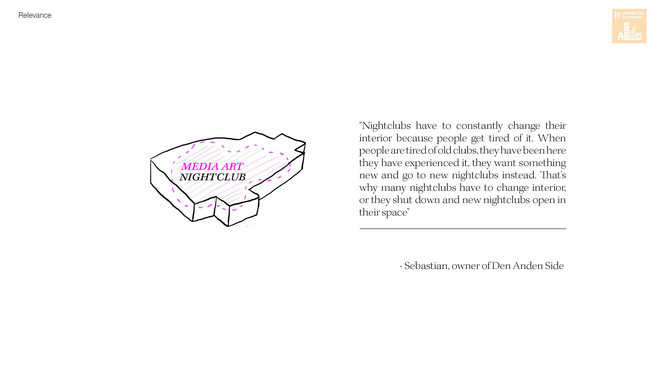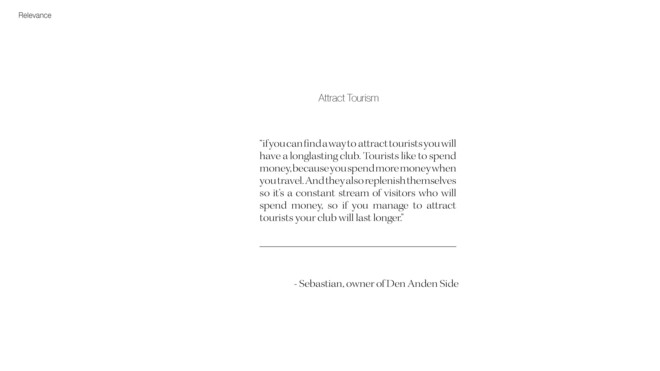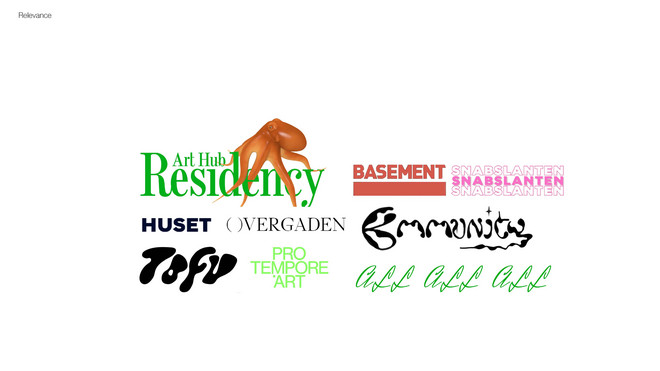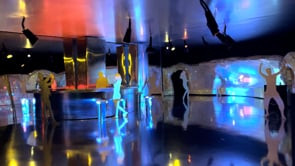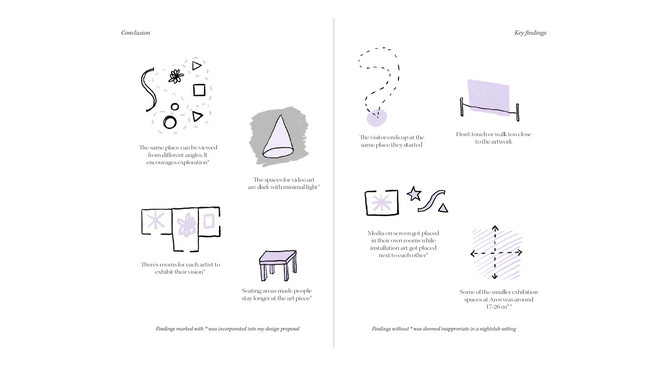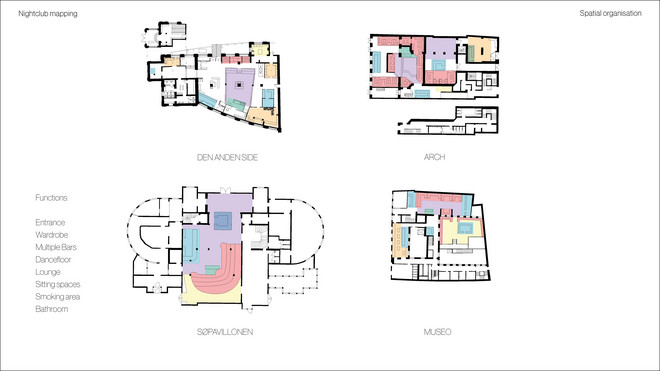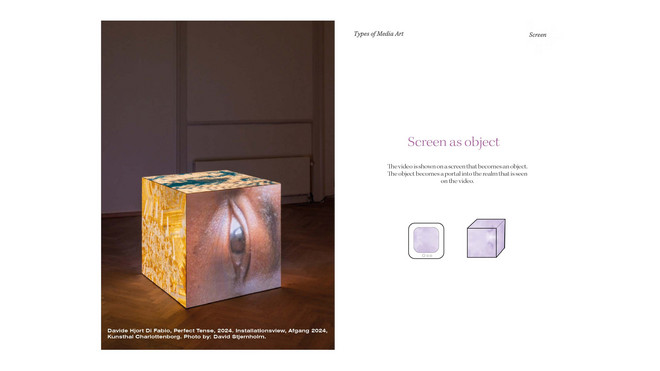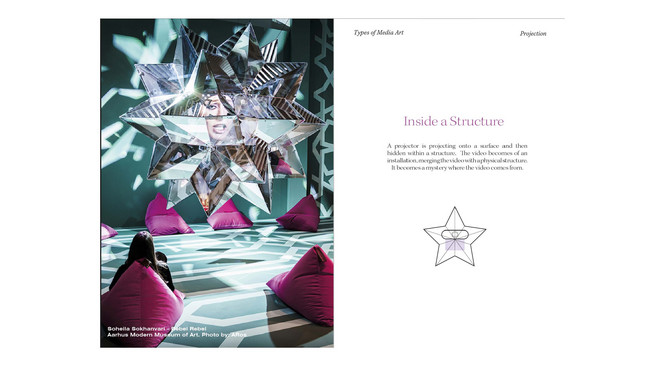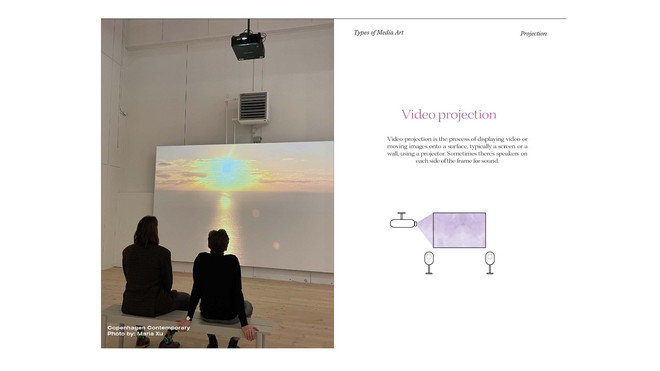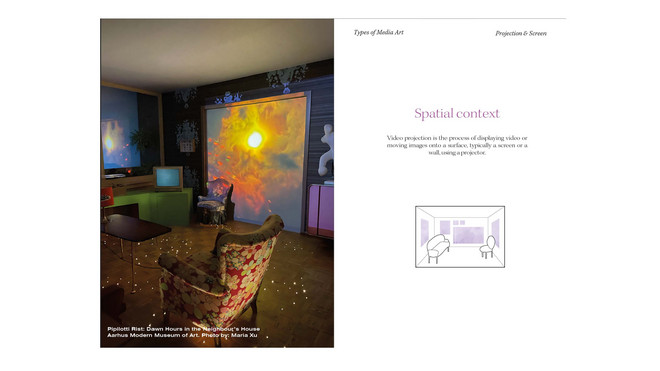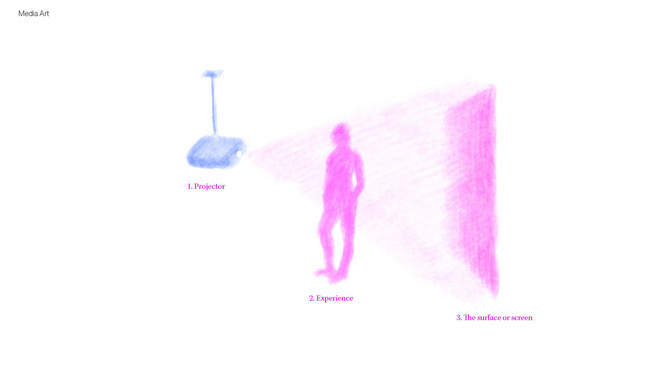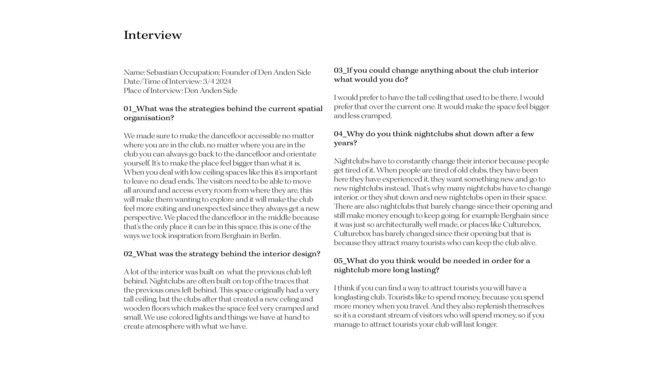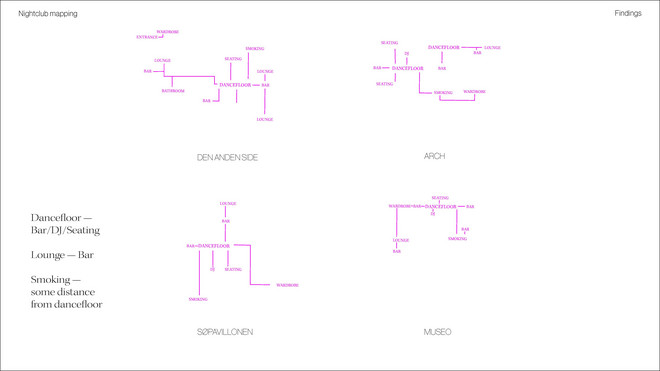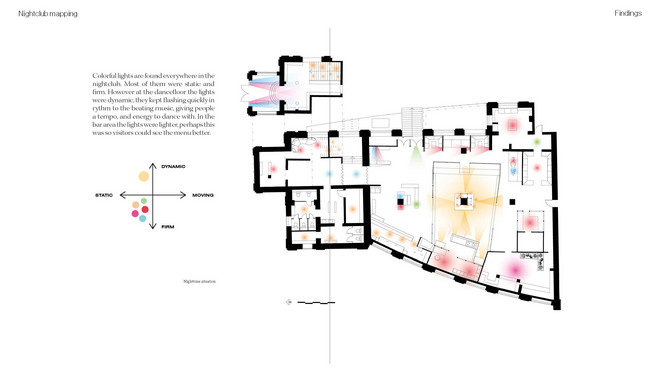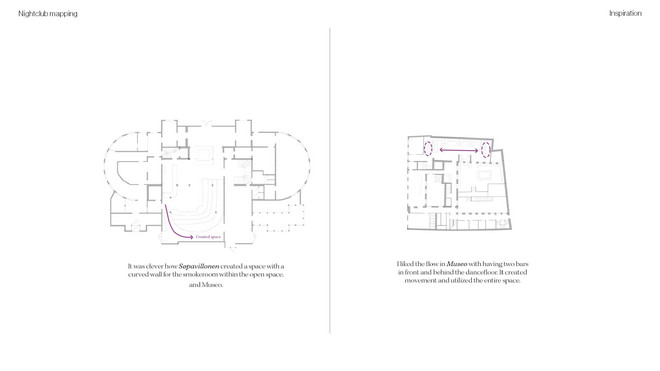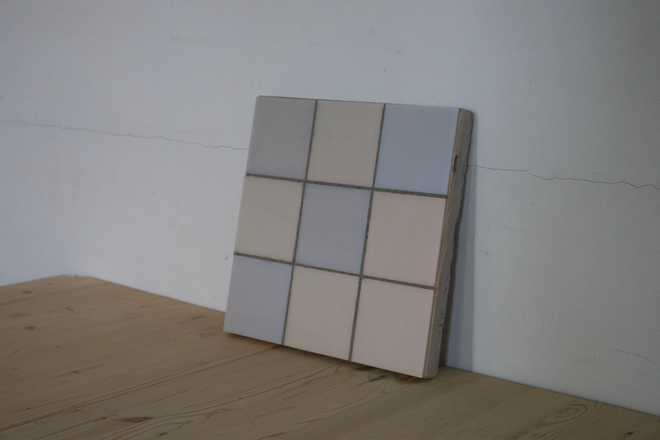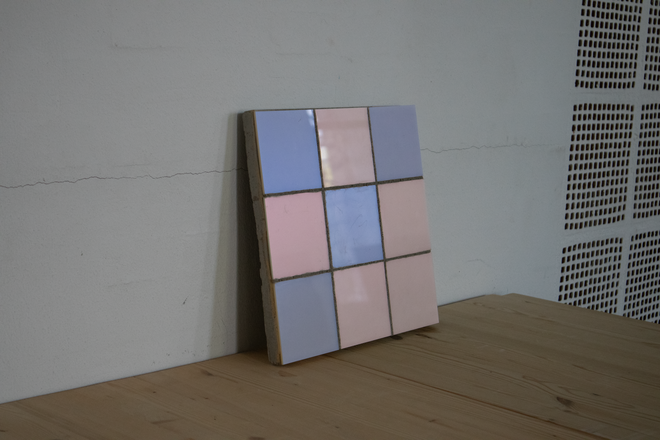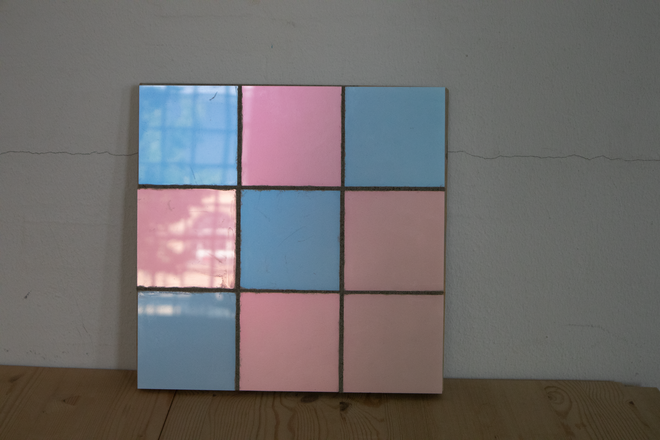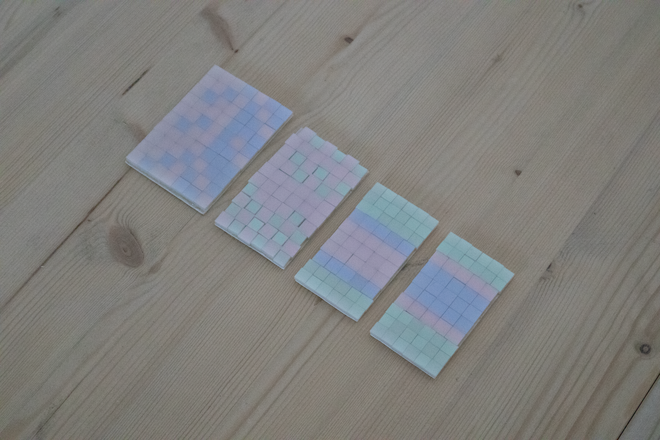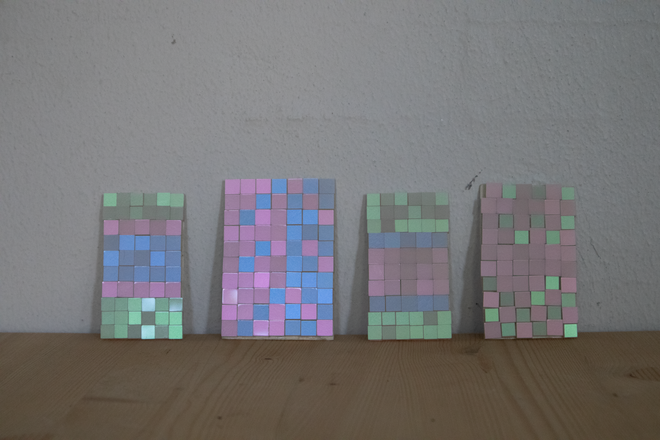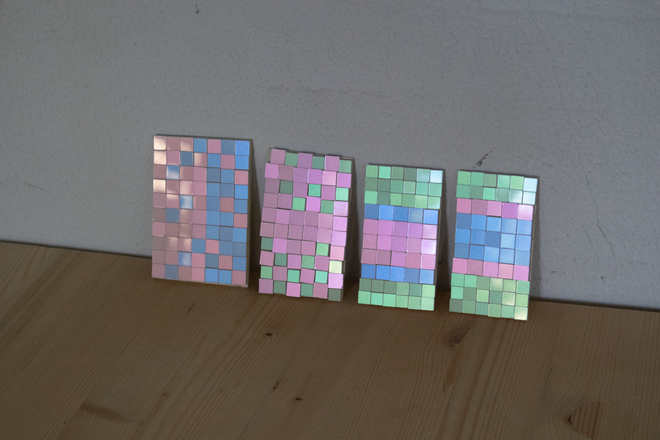
Nightlife Meets Art: A New Nightclub in the Basement of Palads
This project aims to create a nightclub that merges nightlife with media art in the basement of Palads Teatret. Serving as a new hotspot for media art in Copenhagen, the nightclub offers visibility for young emerging media artists with an alternative setting to exhibit their art, as well as introducing visitors to art in the nightlife. The art integrated as part of the nightclub can make it more engaging and present, while also becoming a part of how the nightclub is experienced.
Palads Teatret, dating back to its establishment in 1917, has a rich history of hosting various nightclubs. However, these venues tend to become outdated and are regularly replaced. Amid plans for significant renovations by Copenhagen Municipality and Nordisk Film, this project focuses on preserving the basement, historically a hub for nightlife in Copenhagen. Retaining this tradition, the project integrates a nightclub with media art, honoring the building's heritage in film and media.
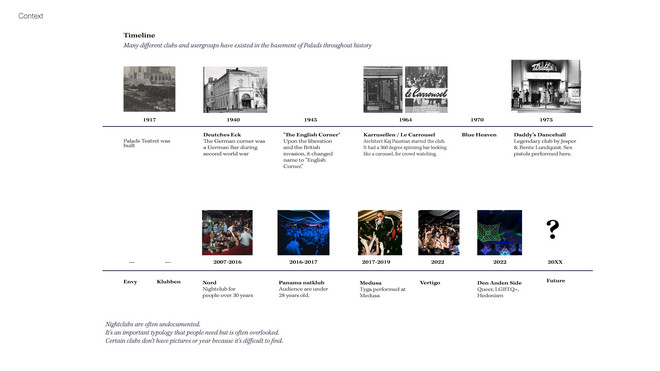
Relevance
By incorporating media art into the nightclub, it could give visibility and support for media artists, make the art more accessible, as well as offer visitors an immersive and interactive way to meet art in the nightlife. There has been past events where artist run groups have held events merging nightlife with media and performance art, however there currently isn't a permanent venue that allows media artists to exhibit art in a nightlife setting. The merge of nightclub and media art could help support the existing art community in Copenhagen, as well as attract tourists, that in turn could contribute to economical stability and make the club long-lasting.
Different from a traditional exhibition hall where the viewer might be observing the art, the focus has been to integrate media art into the interior as part of the nightclub. The emphasis has been on exploring materials and surfaces that can alter the projected media and give new characteristics to how the media is being experienced. As well as creating interior elements that can make the media come alive within the physical world. This creates an interesting environment that challenges the way that media art is being exhibited, but also the traditional frameworks of the nightclub.
Material x Media art
The research was divided into three parts: the nightclub, media art, and material, where the material served as the medium connecting the two. During my investigation of nightclubs, I discovered that most existing publications included pictures but lacked detailed mappings of spatial organization strategies and functions. Therefore, I created mappings based on visits to four popular nightclubs in Copenhagen. Similar mappings were conducted for media art, involving visits to several museums and art galleries. This aimed to uncover spatial organization strategies, functions, and their impacts. These mappings were then used as guidelines in the design process of balancing the qualities of a nightclub with those of a media art exhibition.
The design proposal (informed by previous mappings and research) features a plan that encourages exploration and movement. The living wall, made of iridescent mosaic, is a central element framing the dance floor. Media art is projected onto this wall, bending the shape of the video and manipulating colors based on the viewer's perspective. Visitors can touch, sit, and interact with the media art, becoming part of it. The wall transforms the video from a two-dimensional display into a dynamic, living piece of art.
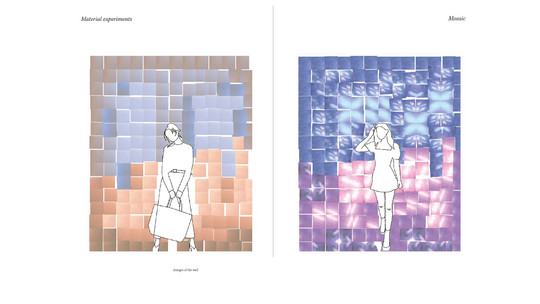

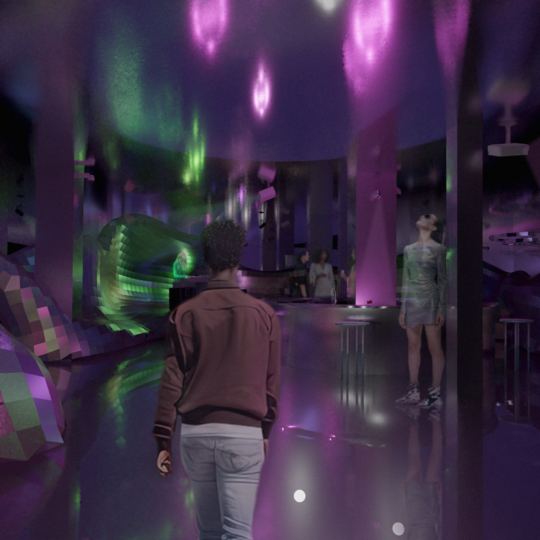
Upon entering the basement, visitors first encounter the bar, where they can get a drink and catch a glimpse of the dance floor behind it, encouraging further exploration. The space is designed without dead ends, allowing people to move freely and view the same areas from different angles, making the space feel larger. Initially, visitors get an overview of the spaces framed by the living wall, before moving along the wall to discover hidden areas behind it, creating a captivating spatial experience.
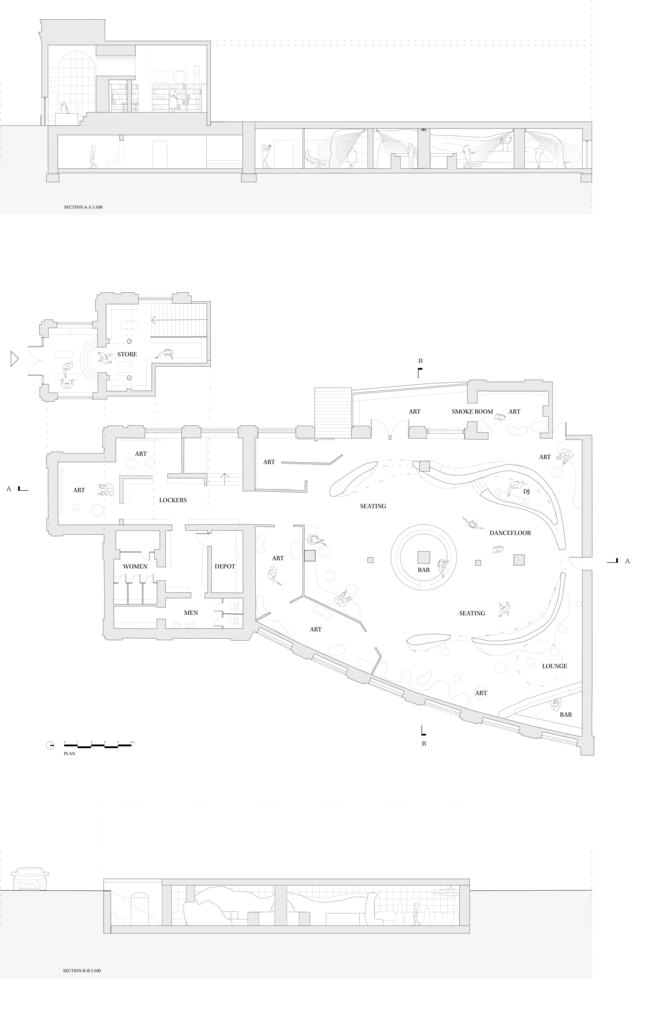
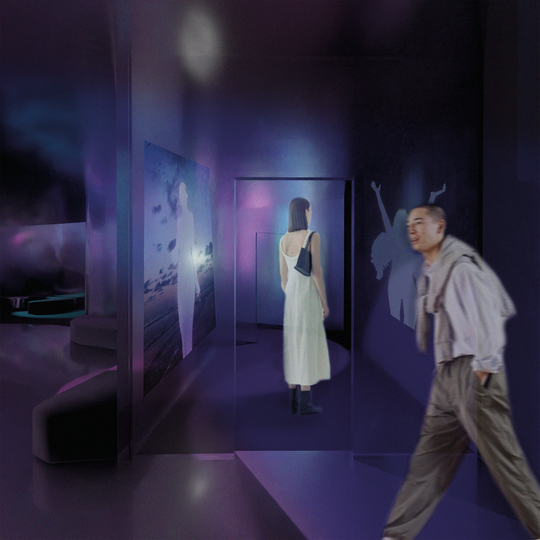
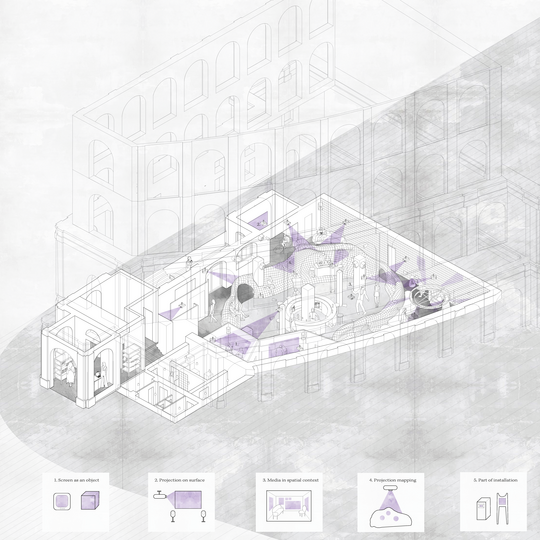
Art exhibition spaces are divided into site-specific and non-site-specific areas. The non-site-specific exhibition spaces are located near the walls, giving each artist their own space to create their universe. In more social areas such as the dance floor and lounge, there is room for media art installations and projectors to showcase media art on the living wall.
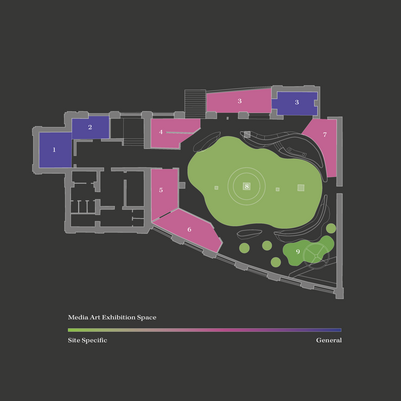
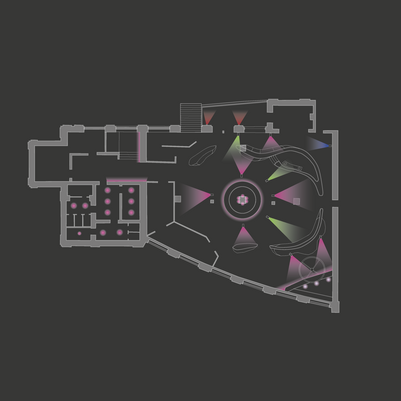
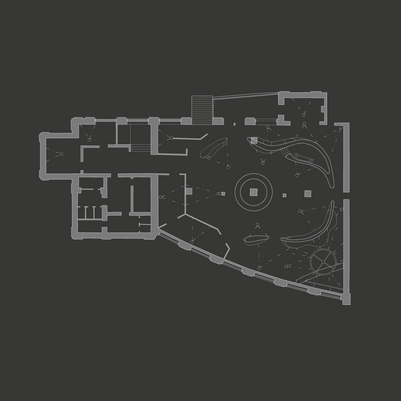
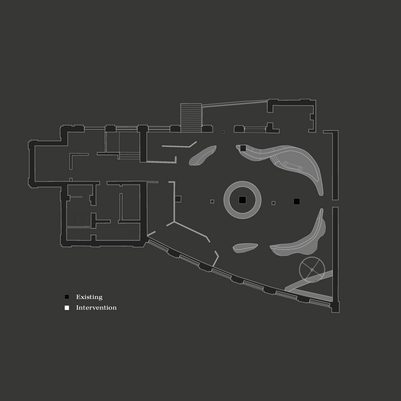
The lounge, situated behind the living wall, features vibrant lighting different from the main bar and serves non-alcoholic drinks. It is intended to be a hidden bar, only accessible through discovery. The bar in the lounge contrasts with the main bar, creating variety in the interior landscape and encouraging exploration. A rotating disco ring above projects media art onto the mirrored mosaic, reflecting it on the walls and floors to create an immersive experience. The reflective materials in the interior blur the line between heaven and earth, expanding the space and atmosphere while reflecting the media art to enhance immersion.
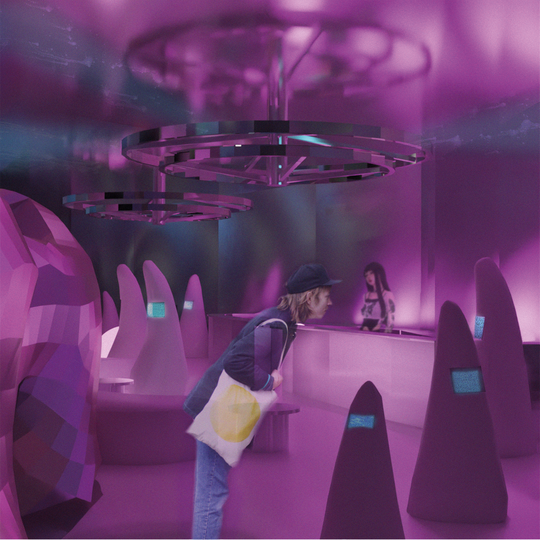


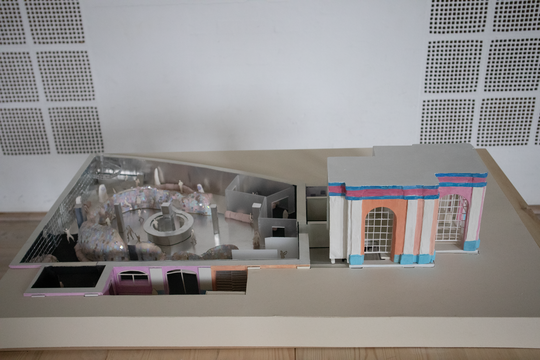
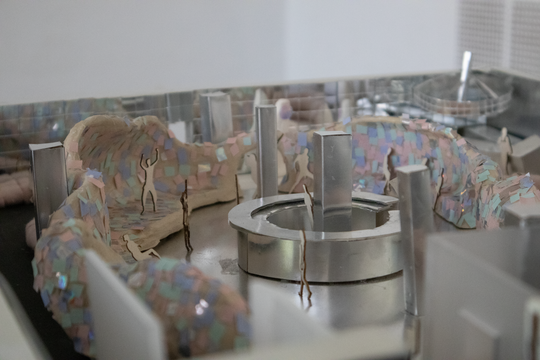
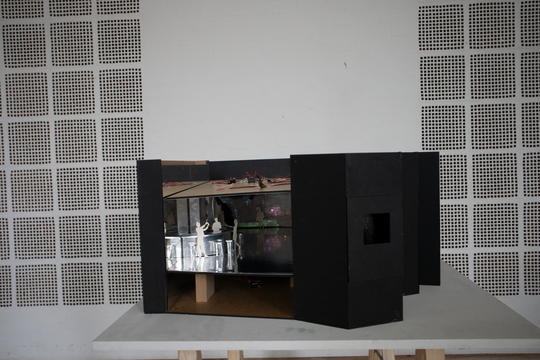
Det Kongelige Akademi understøtter FN’s verdensmål
Siden 2017 har Det Kongelige Akademi arbejdet med FN’s verdensmål. Det afspejler sig i forskning, undervisning og afgangsprojekter. Dette projekt har forholdt sig til følgende FN-mål





